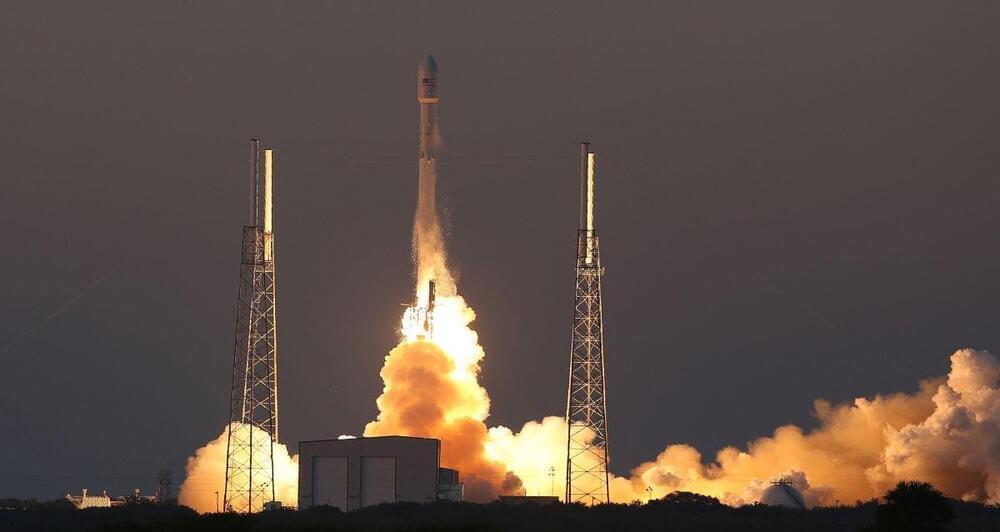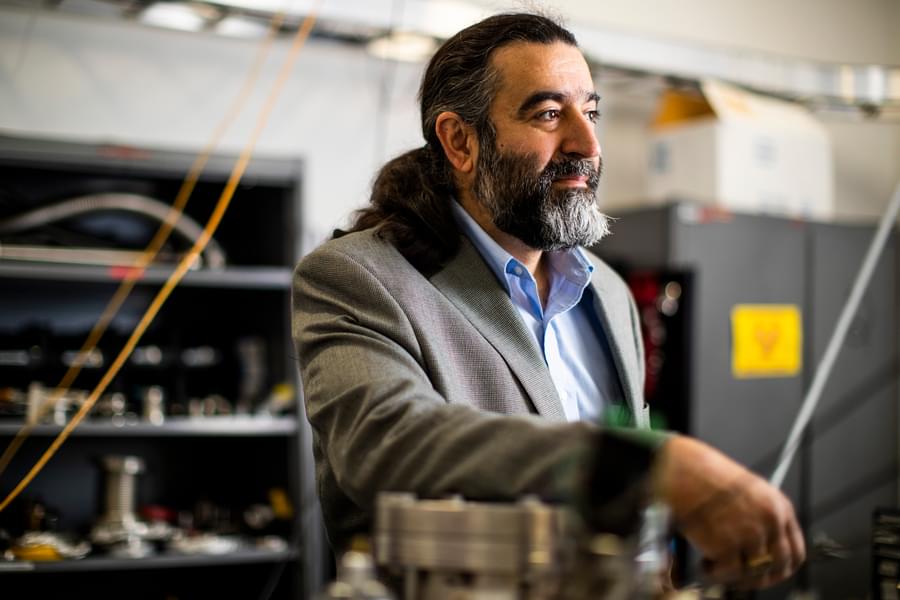First known for their link with longevity, sirtuins play a key role in maintaining a cell’s integrity in light of metabolic and environmental damage.



SOUTH BEND — The city council gave a unanimously positive recommendation Monday night for two tax abatements that could put South Bend at the epicenter of the hydroponic produce market in Indiana, and possibly the Midwest, for years to come.
JEM Farms South Bend plans to spend as much as $178 million on greenhouses and logistical equipment to grow tomatoes and strawberries throughout the year on land at Calvert Street and Renewable Drive, adjacent to the South Bend Ethanol Plant.
That facility would be located on land owned by Ceres Partners, the agricultural investment group located just south of the University of Notre Dame campus and the original investors in Pure Green Farms.

A study showed that 70% of consumers who have visited a virtual store have made a purchase, according to a survey by Obsess.
The survey, dubbed the Metaverse Mindset: Consumer Shopping Insights, measured the interest in brands creating immersive virtual stores on their own web sites and “metaverse” platforms.
Obsess is an experiential ecommerce platform that serves those brands. The study measured consumers’ perceptions of and demand for virtual shopping experiences in the metaverse, a market opportunity that Bloomberg Intelligence estimates will reach nearly $800 billion by 2024.


A SpaceX rocket that launched nearly seven years ago is now on course to crash into the moon, astronomers have predicted.
The Falcon 9 booster was launched in February 2015 as part of a mission to send a climate observation satellite 930,000 miles (1.5 million kilometers) from Earth, but since running out of fuel, the 4.4-ton (4 metric tons) rocket has been hurtling around space in a chaotic orbit.
The rocket is now expected to hit the far side of the moon while traveling at a blistering speed of 5,771 mph (9,288 km/h) on March 4, 2022, according to Bill Gray, the developer of software that tracks near-Earth objects.
The rocket stage has been tumbling through space for seven years.
🔔 Subscribe now for more Artificial Intelligence news, Data science news, Machine Learning news a…
🔔 Subscribe now for more Artificial Intelligence news, Data science news, Machine Learning news and more.
🦾 Support us NOW so we can create more videos: https://www.youtube.com/channel/UCItylrp-EOkBwsUT7c_Xkxg.
The United States military has a long record of being at the forefront of humankind’s technological achievements. For example, it was the U.S. Navy in the 1940s, led by Admiral Rickover, who pioneered the use of nuclear power as a propulsion device, and that eventually led to nuclear power plants for civilian use. Today, the military again leads the charge into the future with their innovations in robotics and their many applications across the entire infrastructure of the organization. We will talk about MAARS, Robobee, DOGO, SAFFiR and Gladiator!
#bostondynamics #bostondynamicsrobot #robotics.
📺 Fun fact: Smart people watch the entire video!
🤖 AI News Daily provides the latest Artificial Intelligence news and trends. Explore industry research and reports from the frontline of AI technology news.

“The change in life expectancy is significant, when you consider that an equivalent jump in human life expectancy would have us living on average until almost 120,” lead researcher Haim Cohen of Bar-Ilan University told the Times of Israel.
A longer life: The average human life expectancy has doubled in just the past 200 years, thanks in no small part to scientific breakthroughs in medicine, nutrition, and disease.
Next stop? Mass production.
With that in mind, we asked Zajac how he believed the AirCar will compete with the oncoming surge of eVTOL aircraft: “AirCar is a completely different category of vehicle,” Zajac replied. “Whereas AirCar is fully taking advantage of the aerodynamic forces during flight and the lifting force is generated by fixed wings and [its] lifting body, the VTOLs are [essentially] helicopters. As a result, VTOL vehicles have low energy efficiency, shorter range, and smaller cruising speeds. I believe both will be used side by side for different purposes.” The question does remain on how many people will be willing to shell out for a flying car that needs access to a runway for takeoff. With Morgan Stanley predicting the flying car sector will be worth $1.5 trillion by 2040 and KleinVision having flight certification under its wings, we may be very close to finding out. has played a central role in the twists and turns of Associate Professor Areg Danagoulian’s life.
As a boy, it led him first to mathematic.

Associate Professor Areg Danagoulian credits mentorship with helping him establish a path through nuclear physics.
Mentorship has played a central role in the twists and turns of Associate Professor Areg Danagoulian’s life.
“Verification of nuclear disarmament is very important, because a treaty without verification is worse than no treaty at all,” Danagoulian says, citing the Comprehensive Test Ban Treaty that was proposed in the 1950s but not fully adopted until 1996, in part because scientists lacked the technology to reliably differentiate underground testing from seismic events. has played a central role in the twists and turns of Associate Professor Areg Danagoulian’s life.